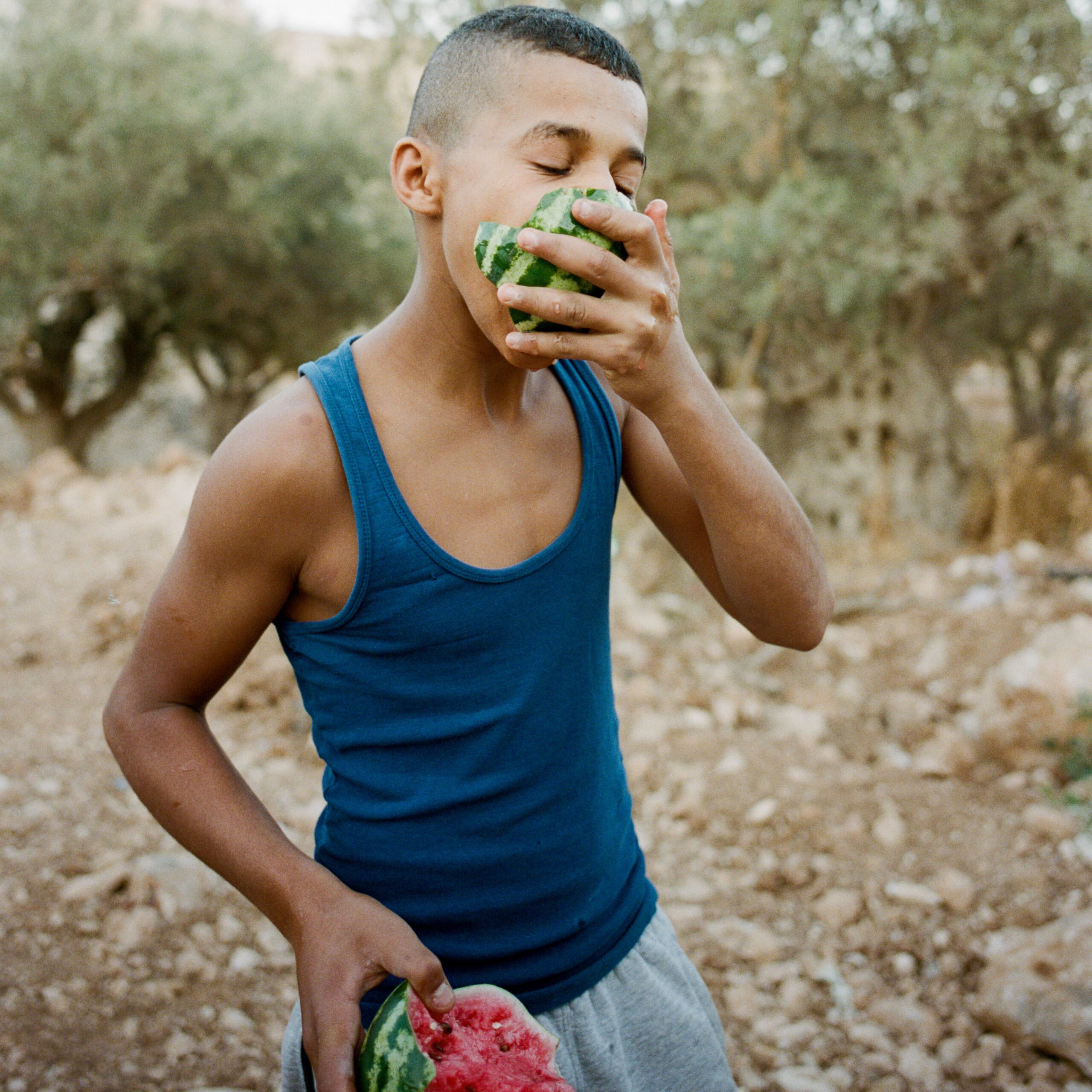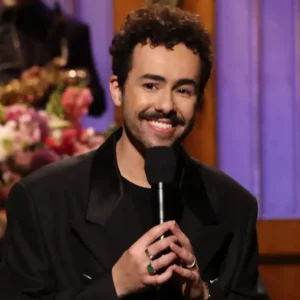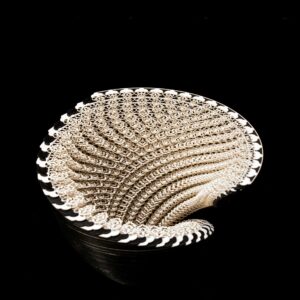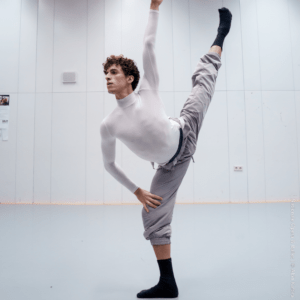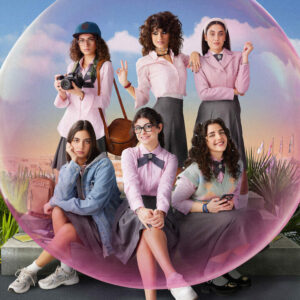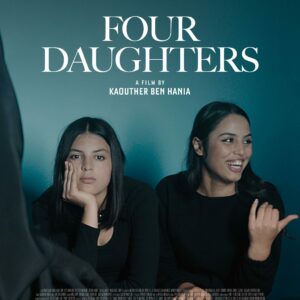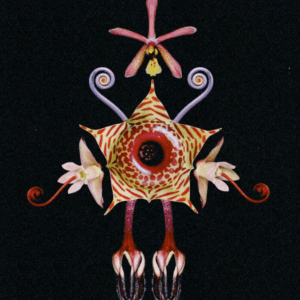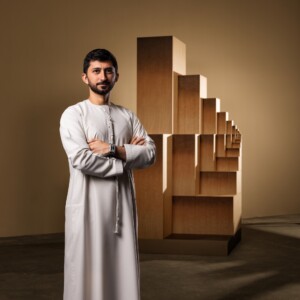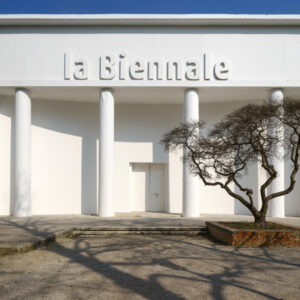Adam Rouhana (Instagram), an American-Palestinian photographer and activist, intricately captures life in occupied Palestine through his captivating imagery. Growing up in Boston, he shuttled between London and Jerusalem, his connection to Palestine deeply rooted in childhood memories of the area around Haifa. Beyond capturing images, Rouhana’s mission is to showcase the multifaceted nature of the Palestinian world, emphasising its rich social, cultural, and religious pluralism. In a unique approach to photography, his challenge is not a rebellion against conventions, but a return to the roots of the art form—film photography. Embracing this traditional medium, he authentically documents the complexities of Palestinian life, bringing a timeless quality to his work and capturing the essence of a society that transcends mainstream narratives. Rouhana’s lens delicately reveals the nuanced reality of daily life in Palestine, leaving an indelible impact on those who engage with his evocative visual narratives.
How have your childhood memories of your grandparents’ grove near Haifa shaped your lifelong connection to Palestine?
One of my earliest memories from Palestine is sitting in my teta’s (grandmother’s) lap on the ledge of our limestone veranda overlooking her overflowing mountain garden. The essence of ripe fig hung heavy in the air, gracing our senses with the calm satisfaction of late summer.
We worked together, separating grape leaves from their vine, which she had picked off of the stone wall she built with my grandfather a generation before. Grapevines like stone walls. Teta would use the grape leaves from our land to make warak enab (grape leaves stuffed with rice and beef).
My grandparents were farmers—fellahin (peasants). They worked the land, and the land worked them. These early memories in Palestine were paradise. I didn’t realize the occupation existed yet.

What led you to use photography as a means of activism, and how does your camera lens serve as a tool for advocating for the Palestinian cause?
Photography and activism have a long, intertwined, and sometimes controversial history. Suffice it to say, photographs transport the viewer in space and time, allowing them to bear witness to new worlds—new realities.
But more than that, at the subconscious level, photographs serve as landmarks of social thought—declarations of what we, as a society, deem worthy of thinking about. We navigate the truth through images that mark the boundaries of our collective consciousness.
My work advocates for Palestinian life.
Are there specific individuals or experiences from your annual visits to Palestine that have significantly impacted your artistic perspective?
Dima Srouji was one of the first people who told me that the work I was making in Palestine was meaningful. I never really thought about it—photography was a default for me, a way of life. After she encouraged my practice, I began to work more conscientiously.

As a Palestinian-American, how does your dual identity influence your artistic vision and the stories you choose to tell through your photography?
I was born to a Palestinian father and an American mother from New York. Raised in New England, I learned the Western canon, but I returned to Palestine annually. As a teenager, I noticed a dissonance between how the West conceived of Palestine on the one hand, and Palestinian collective-consciousness on the other.
Through my work, I explore my positionality as a Palestinian-American behind the camera, both as orientalist and as “other”. I scrutinize how Orientalism transmits and reproduces false representations from one epoch to another and search for an alternative.
With a Master’s in Public Policy from Oxford, how does your academic experience influence your photography, and how do you incorporate intellectual elements into your creative process?
Public policy is primarily a vocabulary—a lexicon of imperialism. It is a language that corresponds to a set of academic domains that has been developed by the dominant hegemon to operate its empire — i.e. to rule.
Learning public policy is like learning black magic (I also have an MBA). These tools provide insight into the discourse that the artist class does not often have access to.
Gilles Peress from Magnum played a crucial role in mentoring you. How does his influence shape your photography and outlook?
Gilles sort of freed me from myself. He showed me that photography was from the inside out—it was whatever I wanted it to be, unencumbered from the expectations and categories imposed on it, and on my work, by the outside world. He helped me realize that, in fact, I don’t need permission to narrate.

How do you navigate capturing the dissonance between the everyday beauty and the oppression that is inevitably present in these images?
It makes you feel like you’re showing the world the injustice we face—and it’s true. Much of my unreleased earlier work in Palestine is about apartheid, occupation, et cetera.
But at a certain point, I realized that that was not the whole truth. Yes, Palestinians are oppressed, but we are also a society with rich social, cultural, and religious pluralism.
I thought—what if I turned my camera away from the occupation?
It turns out that the simple act of photographing life in Palestine stands against the dominant hegemonic orthodoxy that tries to erase our presence, not only historically within the archive, but also by enabling the genocidal physical expulsion that Gazans are resisting so bravely today.
Can you discuss your approach to challenging the conventions of photography and developing your distinctive style, particularly in your use of raw and unedited images?
I wouldn’t say that I’m challenging the conventions of photography—just the opposite, I’m returning to the foundations of photography—film photography.
Our perception of the world is imperfect; the brain makes mistakes. Digital photography is perfect—too perfect; it becomes superficial and, in this exact, modifiable perfection, can sometimes feel fake to me.
Film, on the other hand, often results in blemishes, mis-strokes, or blotches. I use film because, for me, film more accurately represents reality—our flawed reality.

If your camera could speak, what would it say about the untold stories and vibrant moments it has witnessed in Palestine?
The photographs speak for me.
What thoughts race through your mind just before you click the shutter on your camera?
None—I endeavor to have a blank mind before I click the shutter.
Photography is kind of like sports. You have to practice until you can dip into your unconscious. When you’re starting out, you’re still thinking about the camera, adjusting the shutter, the aperture, and so on. Eventually the camera becomes transparent. You become one with the world, you can sort of intuitively exist in a new, liminal space, a place between perception and reality, using the camera to define your own truth.
I’m still learning, but I’ve been able to access this flowstate after months of consecutive shooting. You have to go out and take pictures all day every day.
You have to let go of thinking and embrace spontaneity—it’s sort of non-analytical, you have to abandon your thoughts to flow naturally.
If you could offer advice to your younger self when you first started, what would it be?
First, I’d say, “Keep shooting”. Second, I’d say, “Trust yourself, and your way of seeing”. If you make work that is true to you, that is —from the inside out— it will be powerful because no one else can make that work — no one else is you.

For more stories of art and culture, like this interview with Adam Rouhana, visit our dedicated archives.
